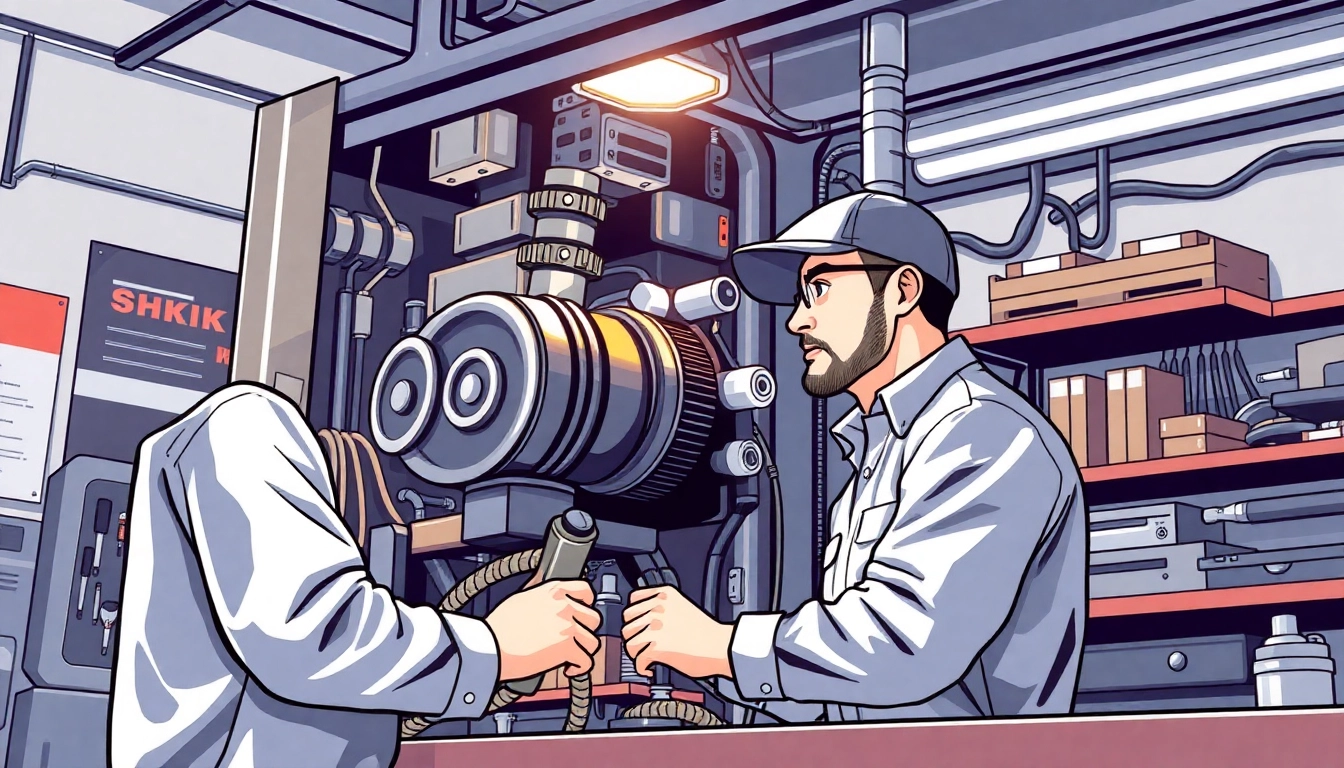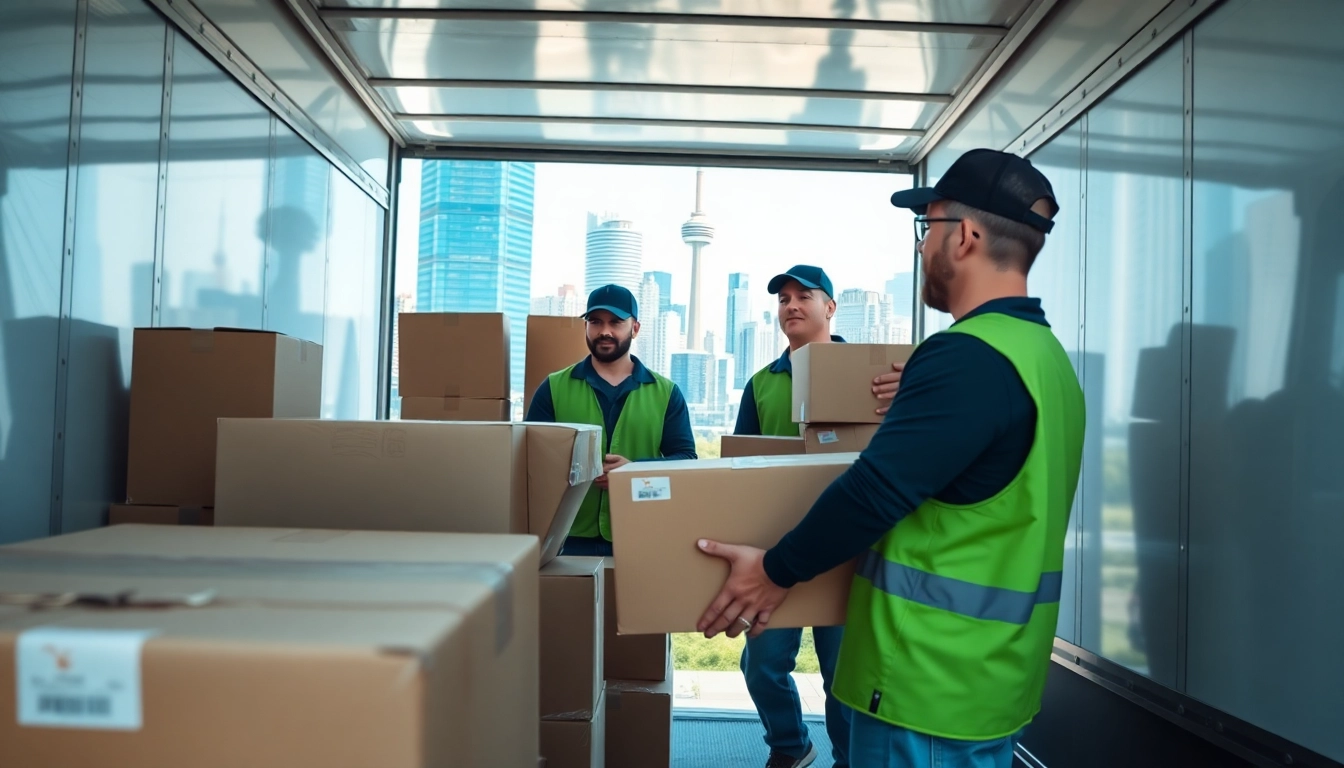Understanding Open Air Merchandiser Systems
Open air merchandisers, commonly found in grocery stores and convenience stores, are a type of commercial refrigeration unit designed to store perishable products while providing easy access for customers. Their design enhances visibility and product display, but keeping them operational requires an understanding of their components and common issues that may arise. Proper open air merchandiser repair is essential for business continuity and product safety.
Components of an Open Air Merchandiser
An open air merchandiser typically includes several key components:
- Refrigeration System: Composed of compressors, condensers, and evaporators that work together to maintain optimal temperatures.
- Display Shelves: Made of tempered glass or acrylic, these shelves allow customers to see the products clearly.
- Lighting: LED or fluorescent lights are used to enhance product visibility and attract customers.
- Airflow Systems: Fans and ducts ensure a consistent temperature by circulating cold air through the display.
- Defrost Mechanisms: Ensures that ice buildup is managed, maintaining efficiency and product integrity.
Common Issues Faced by Merchandisers
Open air merchandisers can experience various operational challenges, including:
- Temperature Fluctuations: Caused by faulty thermostats or malfunctioning compressors.
- Inconsistent Airflow: Often due to blocked air vents or worn-out fans.
- Water Leaks: Typically resulting from clogged drain lines or damaged water lines.
- Lighting Failures: A common problem often due to blown bulbs or faulty wiring.
Importance of Regular Maintenance
Regular maintenance is crucial in ensuring that open air merchandisers operate efficiently and safely. Benefits include:
- Extended Equipment Lifespan: Routine checks can prevent major breakdowns that require costly repairs.
- Energy Efficiency: Optimal operation reduces energy consumption, leading to lower utility bills.
- Improved Product Safety: Maintaining the right temperatures decreases the risk of food spoilage.
Diagnosing Problems in Open Air Merchandiser Repair
When issues arise with open air merchandisers, it’s crucial to identify them early. Thorough diagnostic approaches can help in effective repairs.
Signs Your Merchandiser Needs Repair
Recognizing the signs that your open air merchandiser requires attention can save you time and money. Look out for:
- Unusual Noises: Clattering or hissing sounds could indicate mechanical issues.
- Tepid Air Output: If the air blown out isn’t cold, this could be a problem with the refrigeration system.
- Frost Accumulation: Excessive frost on evaporators often indicates improper defrost cycles or airflow problems.
- Condensation on Glass: This may signal temperature inconsistencies, affecting product safety.
Common Mechanical Failures
A few common mechanical failures observed with open air merchandisers include:
- Compressor Failure: The most critical component; a failure here typically requires immediate professional attention.
- Fan Failure: Insufficient airflow can jeopardize temperature stability, reducing efficiency.
- Defrost Timer Failure: This can lead to excessive frost, severely impacting cooling efficiency.
- Thermostat Malfunctions: A failing thermostat can lead to temperature inconsistencies, either freezing or spoiling products.
Using Diagnostic Tools Effectively
Proper diagnosis often requires specialized tools. Key tools include:
- Multimeter: Essential for electrical diagnostics to test voltage, current, and resistance.
- Thermometers: To monitor air and surface temperatures accurately.
- Leak Detectors: Needed to find refrigerant leaks that can critically affect the unit’s operation.
- Manifold Gauge Set: Used for checking refrigerant levels and system performance.
DIY Repair Techniques for Simple Issues
Many minor issues can be resolved through DIY techniques. Understanding the correct approach to these repairs can save time and costs.
Safety Precautions When Repairing
Prioritizing safety while performing repairs is paramount. Follow these precautions:
- Unplug the Unit: Always disconnect power before performing any repair work.
- Use Protective Gear: Gloves and safety goggles can protect against injuries.
- Be Aware of Refrigerants: Handle refrigerants carefully and be aware of evacuation standards.
Step-by-Step Guide for Basic Repairs
For simple repairs, follow these guidelines:
- Check the Power Supply: Ensure that the unit is plugged in and that the circuit breaker is functioning correctly.
- Inspect the Condenser Coils: Clean the coils with a soft brush to improve energy efficiency.
- Clear Air Vents: Remove any obstructions to ensure proper airflow.
- Replace the Thermostat: For units that aren’t cooling correctly, replacing the thermostat might resolve the issue.
Tools You Need for DIY Maintenance
Having the right tools is essential for effective DIY maintenance:
- Basic Tool Set (screwdrivers, pliers, wrenches)
- Refrigerant Recovery Kit
- Coil Cleaner
- Basin or Bucket for Water Drainage
When to Call a Professional for Repairs
While DIY repairs can be effective for minor issues, some problems require professional assistance.
Identifying Complex Problems
Understanding when issues are beyond DIY capabilities is critical. Consider calling a professional if:
- The compressor is faulty or needs replacement.
- You suspect a refrigerant leak or need to recharge the system.
- Electrical issues are present, possibly involving wiring or circuit boards.
- The unit consistently shows error codes indicating malfunctions not covered in manuals.
Cost Considerations for Hiring a Technician
Hiring a professional can feel daunting because of associated costs. Typical factors include:
- Service Call Fees: A flat rate for technician visits which might include a diagnostic assessment.
- Labor Costs: Charged hourly; costs vary by region and expertise.
- Parts Replacement: If parts need to be replaced, this adds to overall expenses.
Finding Licensed Professionals for Open Air Merchandiser Repair
Finding the right technician can ensure quality repairs:
- Check Credentials: Always employ certified technicians who have experience with refrigeration systems.
- Read Reviews: Online reviews and ratings can help gauge service quality.
- Ask for Estimates: Obtain quotes beforehand to understand the financial commitment required.
Preventative Maintenance Strategies
Efficient operation can be ensured with regular, planned maintenance strategies that address potential issues before they arise.
Establishing a Maintenance Schedule
A detailed maintenance schedule can help monitor and care for open air merchandisers:
- Conduct monthly checks for cleanliness and airflow.
- Inspect electrical connections biannually.
- Service refrigerant levels and seal connections annually.
Best Practices for Seasonal Preparation
Preparing for changing seasons can enhance operational efficiency:
- In summer, perform extra checks on airflow and cooling efficiency.
- In winter, ensure defrost cycles are functioning optimally to prevent ice buildup.
Long-Term Benefits of Regular Service
Investing in long-term maintenance can yield numerous advantages:
- Prolonged Equipment Life: Regular maintenance extends the lifespan of costly units.
- Increased Efficiency: Well-maintained units consume less energy, improving profit margins.
- Better Product Preservation: Ensures optimal conditions for the items being sold, improving customer satisfaction.



